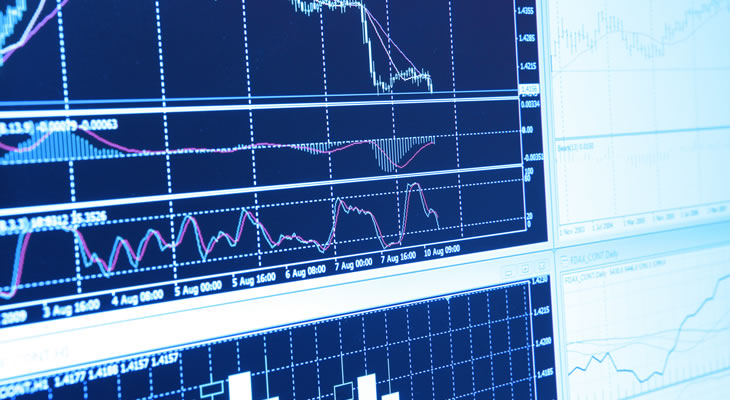Even though the Bank of England (BoE) opted to raise interest rates to 0.5% at its November meeting this failed to shore up the Pound Australian Dollar exchange rate.
This was due to the predominantly dovish tone of the accompanying meeting minutes and the quarterly Inflation Report, both of which sounded more cautious notes on the policy outlook.
As the BoE appears to be prepared to leave interest rates on hold for some months to come, rather than starting a monetary tightening cycle in earnest, this weighed heavily on the Pound.
All in all the meeting was rather less hawkish than markets had hoped, as James Smith, economist at ING, noted:
‘In short, there are still a lot of “ifs”. We don’t rule out a second hike at some stage next year – it’s worth noting that the Bank appears comfortable with having one extra increase priced in for next year. But that relies on the data, in particular on wage growth, improving – and more importantly, Brexit going smoothly. Until many of these uncertainties are cleared up, we’re still yet to be convinced that the Bank will hike much further – if at all.’
The GBP AUD exchange rate is likely to remain on a softer footing ahead of the weekend as a result, even if October’s UK services PMI betters expectations.
Although the economy has shown signs of starting the fourth quarter on a stronger footing market disappointment over the BoE’s tone is likely to persist in the near term.
Positive Trade Data Shores up Australian Dollar Exchange Rates
Confidence in the Australian Dollar, meanwhile, picked up in response to a larger-than-expected widening of the trade surplus in September.
As the surplus widened from 873 million to 1745 million this suggested that the domestic economy is in a stronger state than previously thought, benefitting from healthier global demand for base metals.
September’s building approvals figures also bettered forecast, unexpectedly rebounding as the housing market found some fresh traction.
While none of this is likely to be enough to encourage the Reserve Bank of Australia (RBA) to adopt a more hawkish outlook on Tuesday AUD exchange rates still rallied.
However, the GBP AUD exchange rate could find some support if the latest Australian services PMI and retail sales figures prove less positive.
Any signs of softness within the economy are likely to give policymakers further reason to maintain a neutral to dovish policy bias, diminishing the prospect of any return to monetary tightening.
On the other hand, if the service sector shows signs of stronger expansion this could prompt the ‘Aussie’ to extend its uptrend.


Comments are closed.